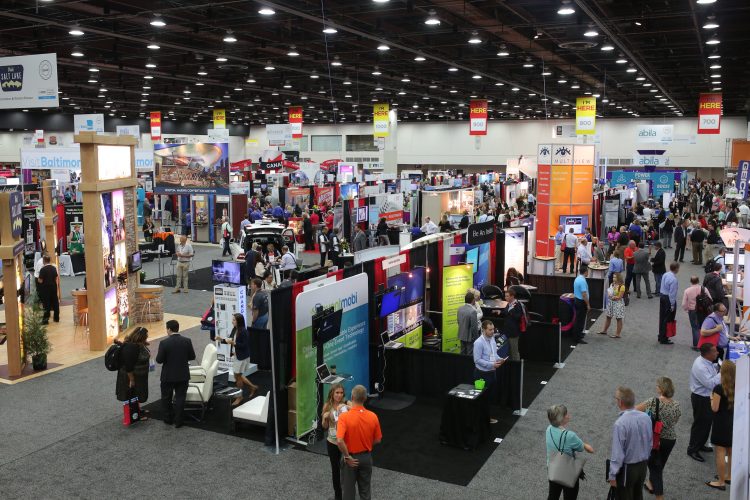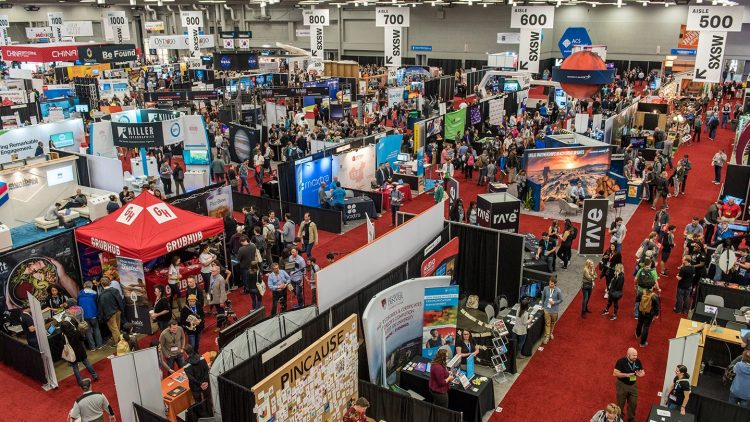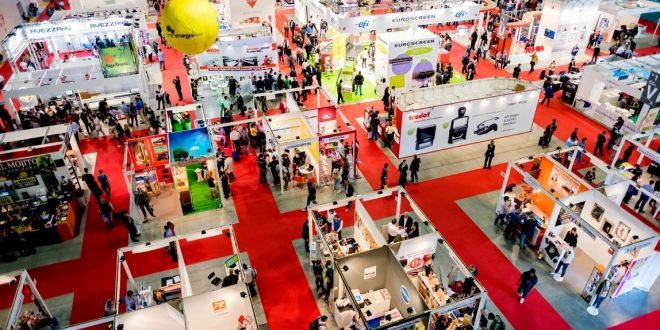While the rigid division indicated by the ‘left brain, right brain’ hypotheses are being called into question by neuroscience, there is still a huge missing component to our understanding of the squishy matter that sits precariously inside our skulls. Even if the hemispherical partitioning is misguided, the fact remains that creative and analytical traits are two of the most central in personality assessment. In fact, studies have actually connected creative thinking with the posterior areas of the brain, and analytical approaches with the frontal parts. So, before I take to the internet to trademark ‘front brain, back brain’ thinking, how exactly do these two categories of creative and analytical affect businesses seeking to exhibit at a trade show?
Creatives

It’s fair to say you wouldn’t want your stand to be manned wholly by creatives. They might end up panicking over the positioning of pamphlets and forget to actually promote the business. However, when it comes to design and planning, creative types are often best-suited to the task.
Your stand has to look different and stand out in some way from the competition. A sense of uniqueness, a quirky configuration, or a story told through design will draw the attention of visitors. The design doesn’t have to be so mind-blowing it could feature in Vogue magazine; it just has to be original enough to pique the interest of passers-by. If heads are turning and eyes gravitating toward the stand, then the design team has done its job. According to Black Robin Exhibits, ‘It’s easy to get overwhelmed by the limitless possibilities of stand design. The role of a design team is to tickle the curiosity of attendees, to draw their attention for a brief window. Following that, it’s down to the team on the ground to capitalize upon this interest, to present a product or service to the interested party.’

There are limitless ways to hook people’s attention. A slogan, a phrase, an image, a design layout — all of these aspects of marketing are possibilities for experimentation, creativity, and originality. And yet, so many businesses reproduce the same vague copy, the same stock images, the same bland designs because they fail to think originally. The job of a marketing team is to create novelty, do something, write something, or design something that hasn’t been done before. This is how you garner interest and draw eyes towards your stand, and creatives are the best candidates for the task. Come the day of the trade show, a host of your competitors will be assembled alongside you. They may have more substantial budgets than you, flashier displays, or more giveaways. The best (and cheapest) way to attract attention is to think hard for an original, authentic idea that gives your exhibition stand a sense of flair.
It may take time to come up with such an idea, but by setting your creatives to work early, in the first stages of design, you maximize your chances of ending up with a great idea. Often derided for their tendency toward perfectionism, creative thinkers use this trait to their advantage in early design phases, tearing their hair out until they come up with a brilliant idea. The value of this cannot be overstated: a large factor in the success or failure of an exhibition stand is its design and layout, and any edge you can gain over your competition through creative thinking should be seized with both hands.
The analytically-inclined

Now that the delicate minds of your creative team have laid down the groundwork, it’s time for the brawn to take to the stage. The fact-oriented, number-crunching analysts are well-suited to practical scenarios, capable as they are of balancing priorities, weighing up pros and cons, and handling high-stress situations with a cool head. These are the individuals that will keep budgetary issues in mind, hold the creatives in check when they become ensconced in a wild, unfeasible design idea and ensure that no logistical stone is left unturned.
As a broad generalization, analytic individuals are safer bets as employees at an exhibition stand. Given the dynamic environment of the trade show, there are myriad ways one can fall prey to anxieties, worries, and doubts, or become clouded at the moment and miss opportunities. Those that are able to maintain composure throughout fluid, ever-changing situations are a strong asset to a team.
You might say, ‘Why not get two for the price of one?’ Why not look for candidates that can think creatively while keeping practical concerns in mind, juggling both simultaneously. In reality, businesses often work best when they delegate. True, you don’t want a crazed glass cannon of a creative team or a dull, by-the-book group of analysts, but specialization is actually preferable in a professional setting. Allowing the creatives to be creative means that you’re more likely to end up with a high-functioning design team. Truth be told, it’s easier having an external entity checking up on your work, keeping you in balance. It removes some of the stress of having to oversee the whole operation, freeing up the mind to think and explore potential avenues of design.

Better still, the more your creatives and analysts work together, the smoother the process of collaboration will become, and the better your results will be. The analytical employees will often serve as liaisons between the various moving components of exhibition planning, so it will be largely up to them to oversee general management and coordination of accommodation, transportation, and installation, while the creatives will be left mainly to their own devices.
When it comes to neuroscience, even the experts are fumbling in the dark, so it’s far beyond any employer’s capacity to coordinate a team based on established psychological principles. Some creatives may also be fact-chasers, and some analytical individuals may panic and freeze up in stressful situations. What can be said without a doubt is that a team works best when it subdivides tasks between itself, coordinating specialists into a slick network of professionals. As an employer, identifying the traits and qualities of your employees is sometimes a challenge, but ultimately crucial for configuring your team in the most efficient format possible.
 Hi Boox Popular Magazine 2024
Hi Boox Popular Magazine 2024



